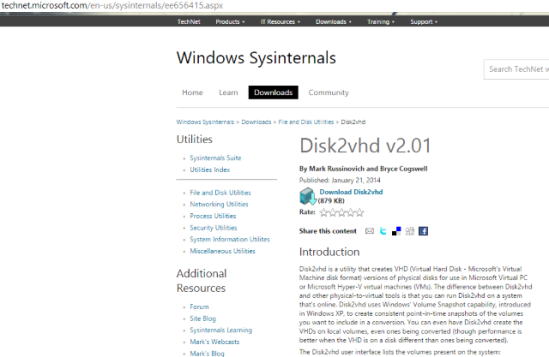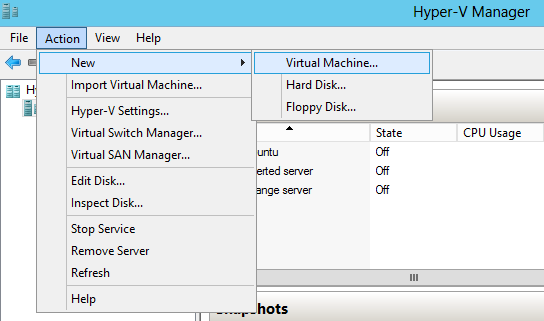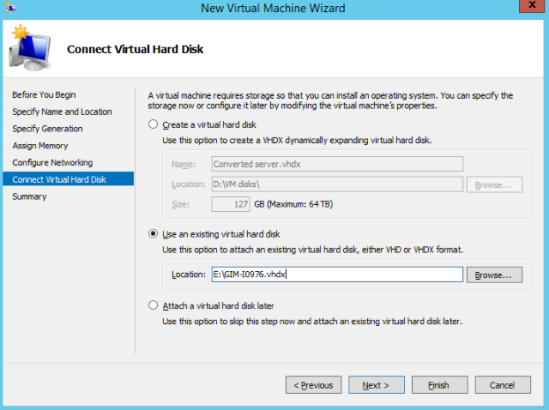As the deadline for the Windows 10 update looms quickly upon users, there are still a lot of users that are declining the upgrade.
Folks and companies declining the offer may have good reason to, but in my opinion there’s a few that are creating a “the world is flat” camp, and that by not moving to Windows 10 either by upgrading, or dare I say it buying a new device, will miss out on an awful lot of improvements.
When I say improvements, I don’t just mean the new features such as Cortana (nice as it is). Computing needs have moved on, and Windows 10 is the OS that works well with the needs in my opinion, computing isn’t chained to a desk anymore (office or dining room) it’s now flexible, the ability to work anywhere is important not just for office work but for the home too.
For example, a touch screen interface instead of a keyboard. Perfect input method for being out and about, or lounging on the sofa. Windows 10 has a native tablet mode to allow you to take advantage of this interface (hardware allowing obviously). Although it’s not impossible in Windows 7 you can use touch if you don’t mind squinting one eye, sticking your tongue out of the corner of mouth as you line up the aim of your finger for just the exact point on the screen.
Mobile computing has rapidly becoming more and more a requirement, Windows 10 caters for it well, offering a linked OS across devices, from the home PC to the tablet/2 in 1 and even on the mobile phone. The ability to convert the phone to a full PC via continuum feature another work anywhere advantage.
But it’s not just new shiny methods of working that that Windows 10 improves on. Work wise Windows 10 offers better ways to perform standard computing.
For example the multiple desktop, allows users to section off areas of work, in that you can have desktop screen open with applications for one customer, and another screen with the same or different applications open for another. This tidy method means that you don’t have a tool bar cluttered with icons, and reduce the chance of losing that open document/file you’ve been working on by closing the wrong one!
Remote desktop availability via a simple app, a straight forward create and record details allows you to easily build a library of rdp links you connect to via a simple click, no remembering login details/ dns names or ip addresses.
If you’re not a home user, then the availability to run virtual PC’s via the included Hyper-V is an option allowing your computer to become multiple computers, the list can go on and on.
Windows 7 is clocking on for being 8 years old, already there are no new developments on that platform, just updates to attempt to keep away security issues, so with no new features being added, it’s started to get long in the tooth.
At the end of the day some machines just won’t cut it old architecture and hardware has Windows 10 at a disadvantage. (That’s why there’s an update tool I recommend you run first to ensure that the machine will update, not just do it blindly and moan in the forums). Along with older software too it has to be said. But, that’s down to the user and the person/company who built the machine.
When other goods become long in the tooth, you replace them, it may well be time you need to consider hardware replacement if you wish to keep up with changes, and meet the requirements of a changing computing environment.






